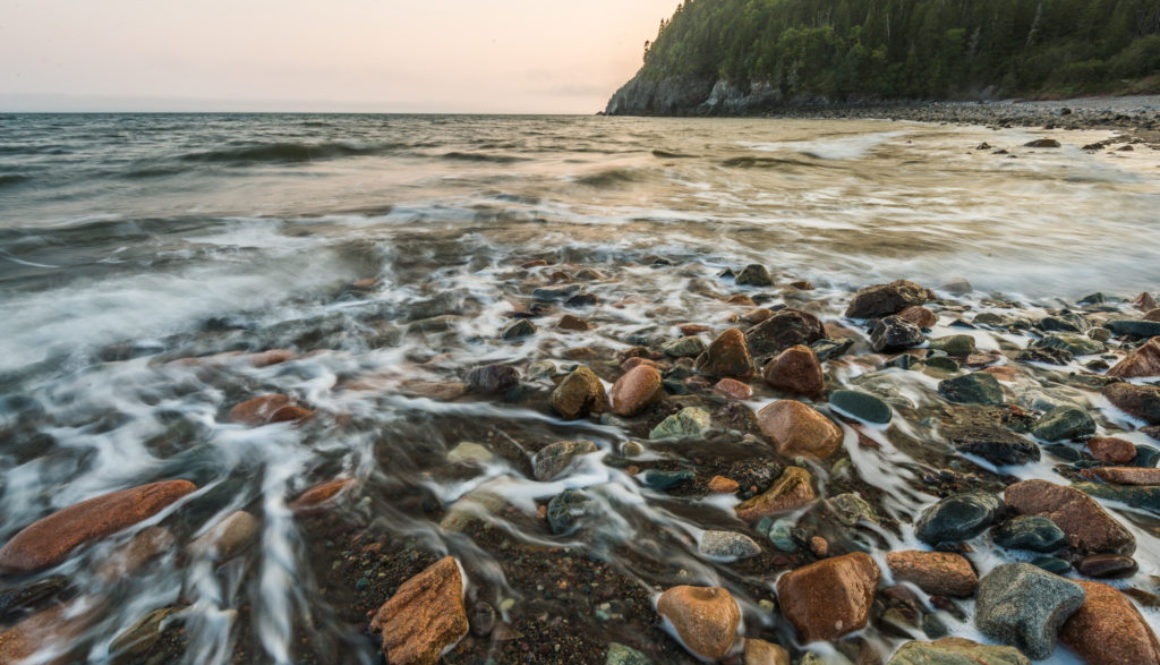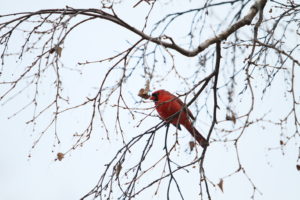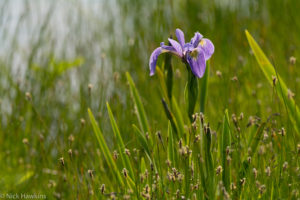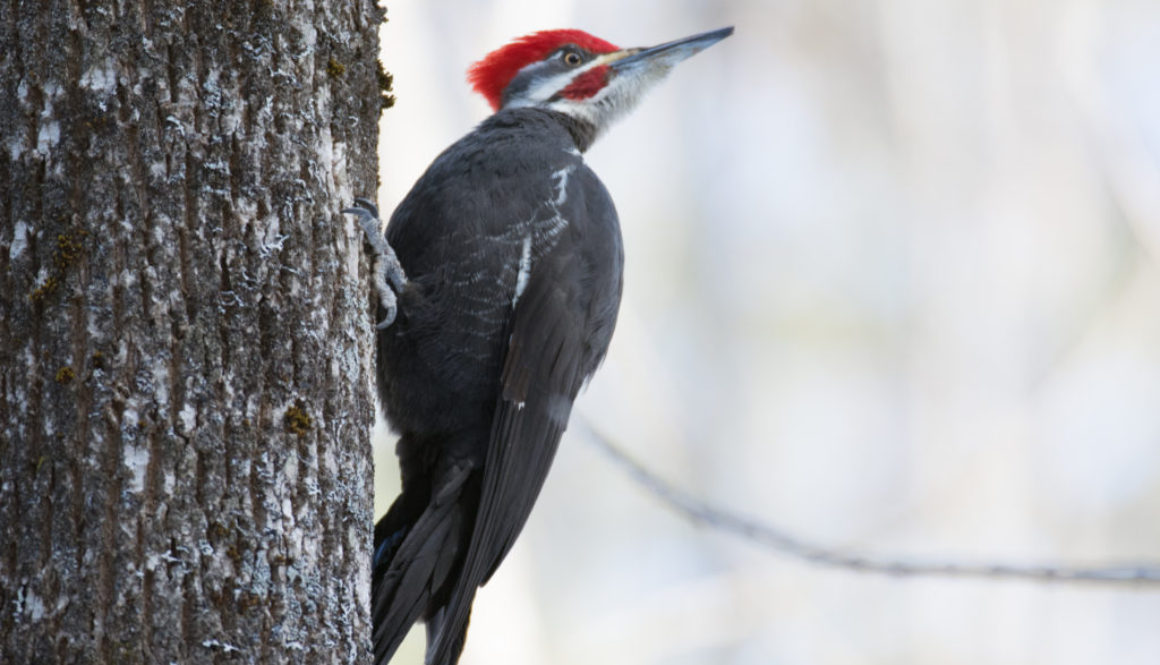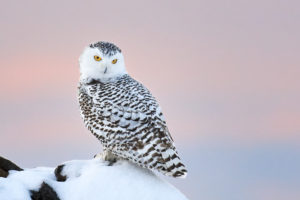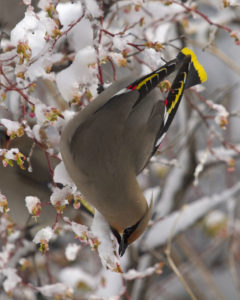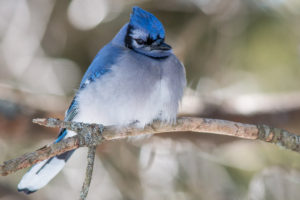Energy and excitement from our summer team
It’s summer: the days are luxuriously long and the sun’s heat drives us to refreshing beaches, cool forests, and damp wetlands. This year, we’ve faced new challenges as we connect with nature, perhaps more deeply than ever before. Behind the scenes, a team of dedicated summer students breathes new life into CPAWS-NB as we bring conservation to you and to our communities.
Please join us in saying welcome to Maddie and Grace! We are so fortunate at CPAWS-NB to attract bright people with big talent and a passion for New Brunswick’s wilderness. We sat down (figuratively) with our summer students to learn what inspires their love of nature and what drives them to work as Conservation Outreach Assistants in our team.
What makes you passionate about conservation and wilderness in New Brunswick?
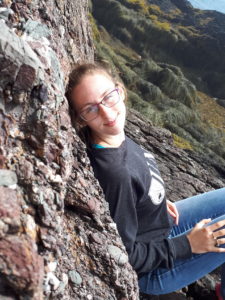
Maddie: I grew up in a rural area and my favourite playground as a child was the forest that surrounded my house. Interacting so closely with New Brunswick wilderness from such a young age has made me incredibly passionate about protecting natural areas. I want future generations to be able to enjoy the same outdoor activities that I have always loved. I want them to be able to get outside in more places than even I, which is why I think that CPAWS-NB’s mission to expand the number of parks and protected areas in the province is so crucial!
Grace: I developed a strong connection with nature at a very young age. Since I was a kid, I have spent ample time outdoors, exploring our beautiful province with my family. Over the years, I have been privileged with various opportunities through my education and work that have allowed me to learn more about the need for conservation and protection of our natural areas and wildlife here in New Brunswick. Having this knowledge and love for nature has made me all the more passionate about working to protect our incredible wilderness for future generations.
What do you love about working with CPAWS NB?
Maddie: Working in the environmental non-profit sector has been a long-standing dream of mine. So, my favourite thing about working with CPAWS-NB is learning first-hand how an environmental non-profit works and helping CPAWS-NB work towards an important mission that aligns with my own personal values. There are many other parts of this position that I also look forward to daily! My amazing co-workers, interesting work assignments, and opportunities to explore New Brunswick parks and protected areas are all awesome components of this summer job.
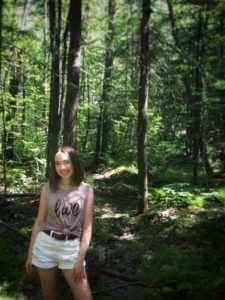
Grace: CPAWS-NB is such a remarkable organization, and I have been fortunate to work with them for two consecutive summers! What I love most about CPAWS-NB, and our team, is their unwavering commitment and dedication to ensuring the best possible measures are taken to protect the wilderness that is our home and life force. CPAWS-NB works tirelessly to engage our community in the rewarding work that we do, so that everyone has the opportunity to join in this important dialogue and have their voices heard. My favourite part of my job, is sharing my love and passion for nature with our community. Even though that may look a bit different this year, as we are unable to host large public gatherings, we have been able to continue to reach people virtually. I love encouraging folks to cultivate their relationship with nature and enjoy the beautiful wild spaces that our province has to offer!
What are your plans for school/work after your work period with CPAWS NB?
Maddie: In the fall I will beginning my third year at the University of New Brunswick, where I am pursuing a degree in Interdisciplinary Leadership Studies with a minor in Environmental Studies. I plan to spend next summer on the small Greek island of Samos, where I will be completing a marine conservation internship and gaining hands on experience with protecting natural areas. After I graduate, my dream is to work with an environmental non-profit right here in New Brunswick!
Grace: After I finish my work with CPAWS-NB this Summer, I will be returning to St. Thomas University for my third year in the Bachelor of Arts Programme. I am currently working towards a double major in Environment and Society and Women’s and Gender Studies.
How do you like to get out and enjoy New Brunswick’s nature? (15 words)
Maddie: My favourite thing to do in New Brunswick nature is take my dog for hikes!
Grace: My favourite way to enjoy and experience New Brunswick’s nature is by going for nature walks, hikes and bike rides and spending mindful moments outdoors.
We are lucky here at CPAWS-NB to have the help of Maddie and Grace all summer long! With their focus on protecting nature for future generations to enjoy, their energy resonates through our team as they work to shares all things conservation, wilderness, and wildlife with you—our supporters and our community.
Check our Facebook page for regular updates on CPAWS-NB events.

Julie Reimer is a PhD student at the Memorial University of Newfoundland and a Board Member of CPAWS-NB. Having worked in the whale watching industry in New Brunswick and conducted her Master’s research on conservation planning for the North Atlantic right whale, Julie is an advocate for MPAs in New Brunswick. Julie’s current research attempts to see the “bigger picture” of conservation, reaching beyond protected areas to understand the synergies between conservation actions and ocean industries. To connect with Julie, visit http://juliereimer.wixsite.com/hello.

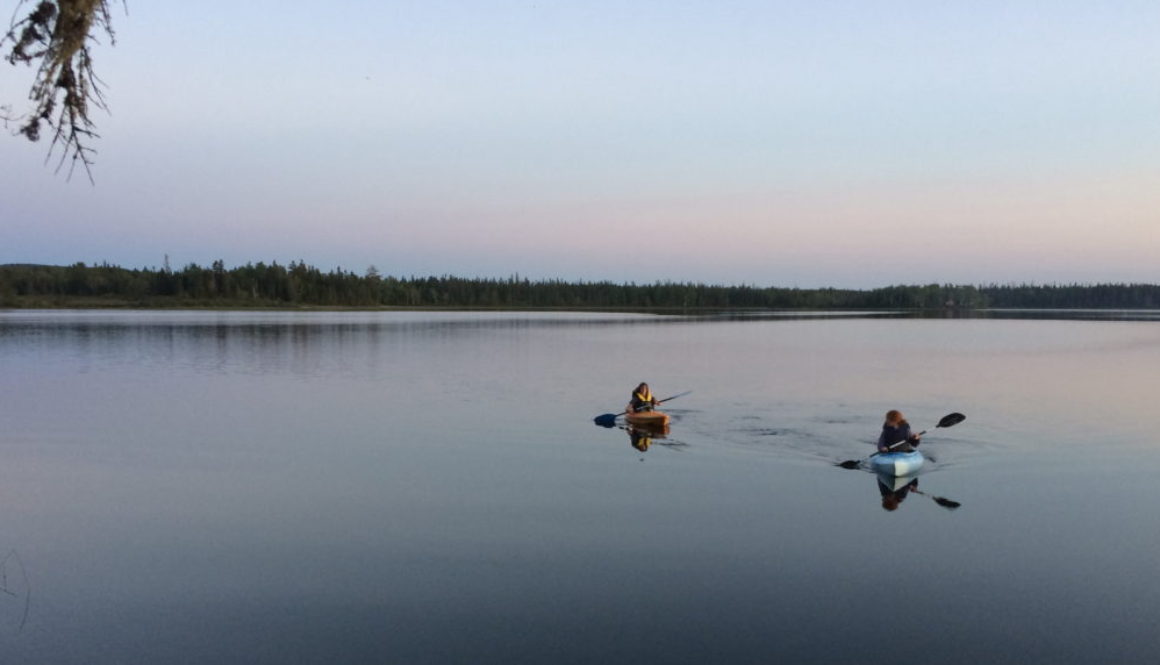
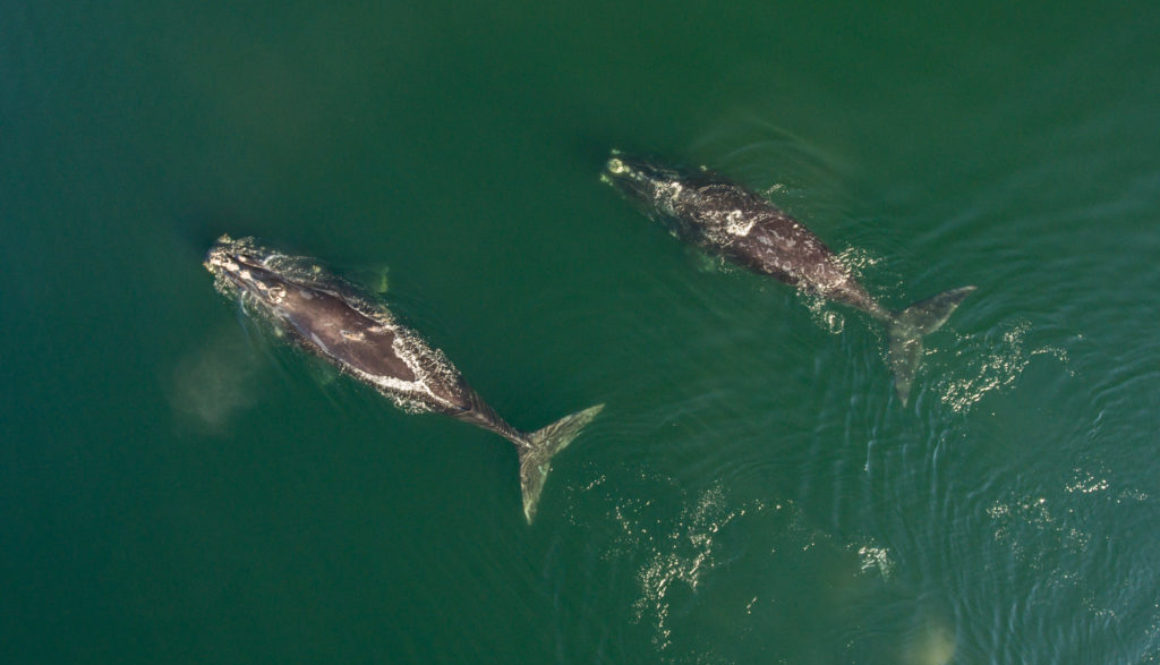
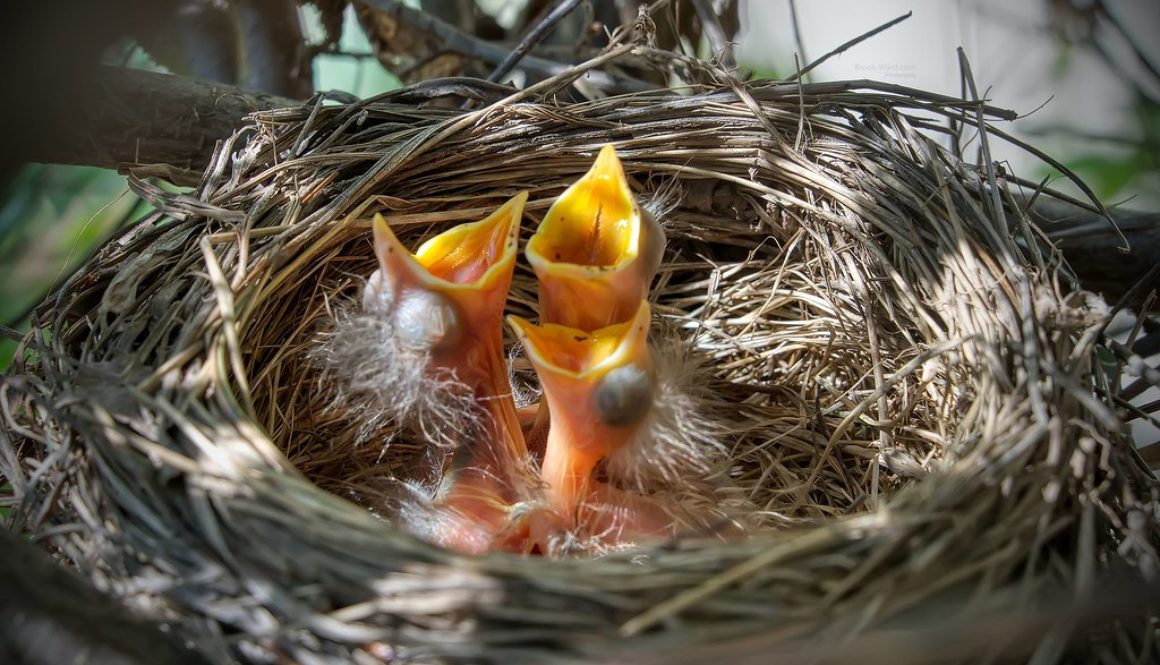
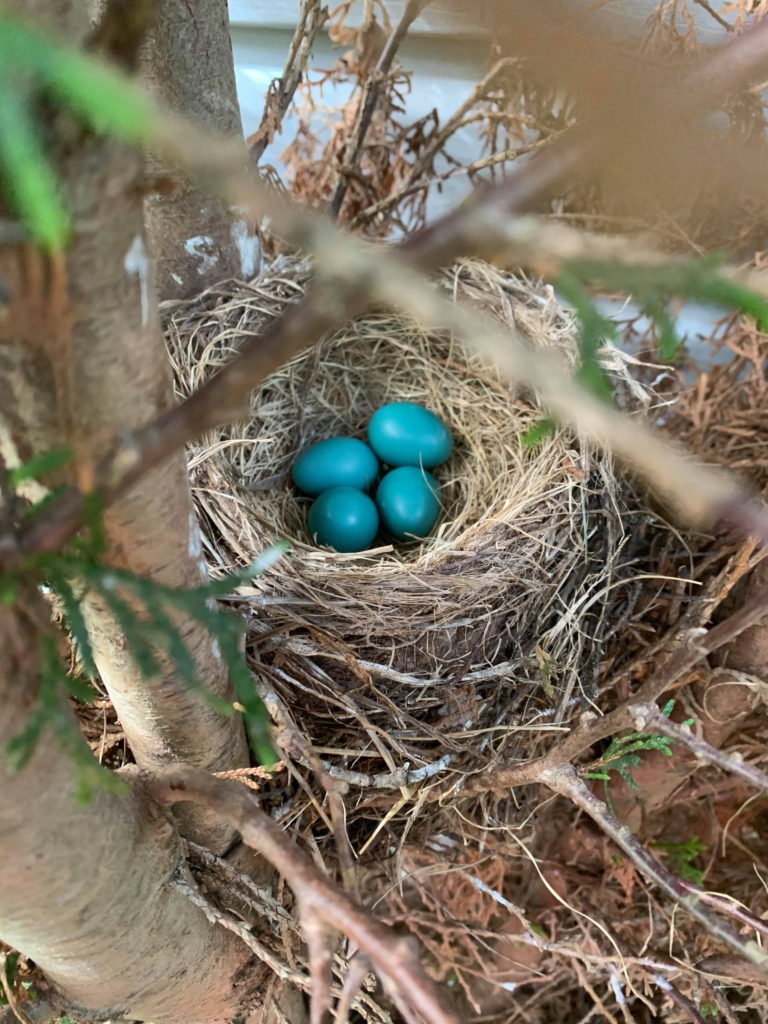

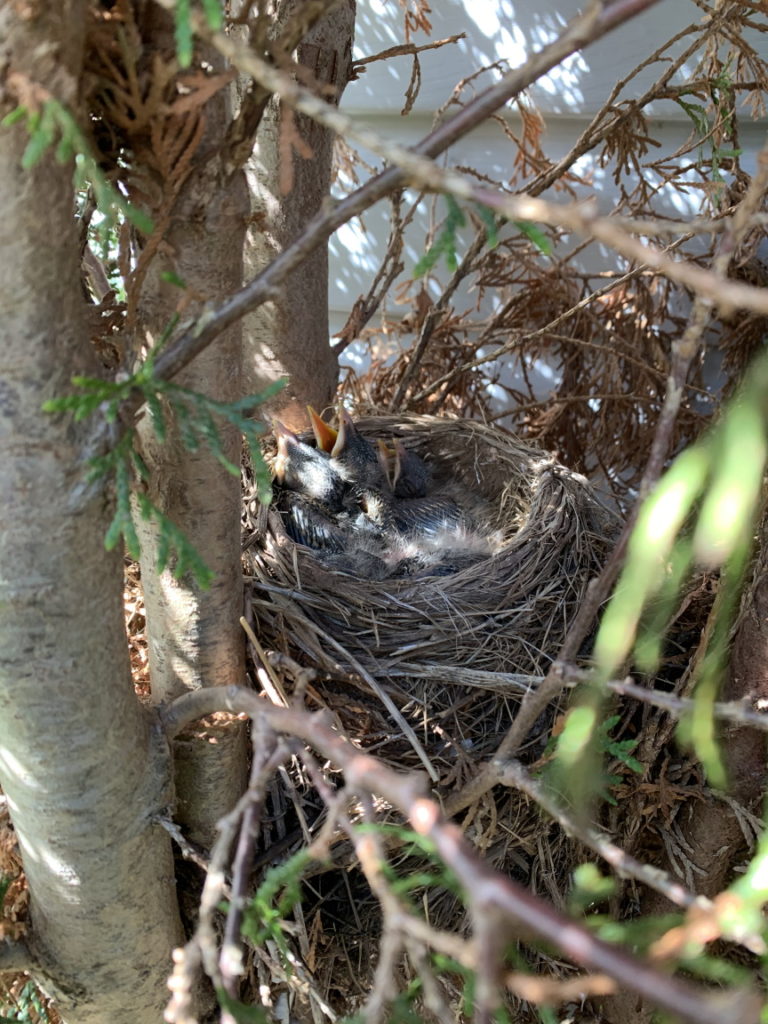
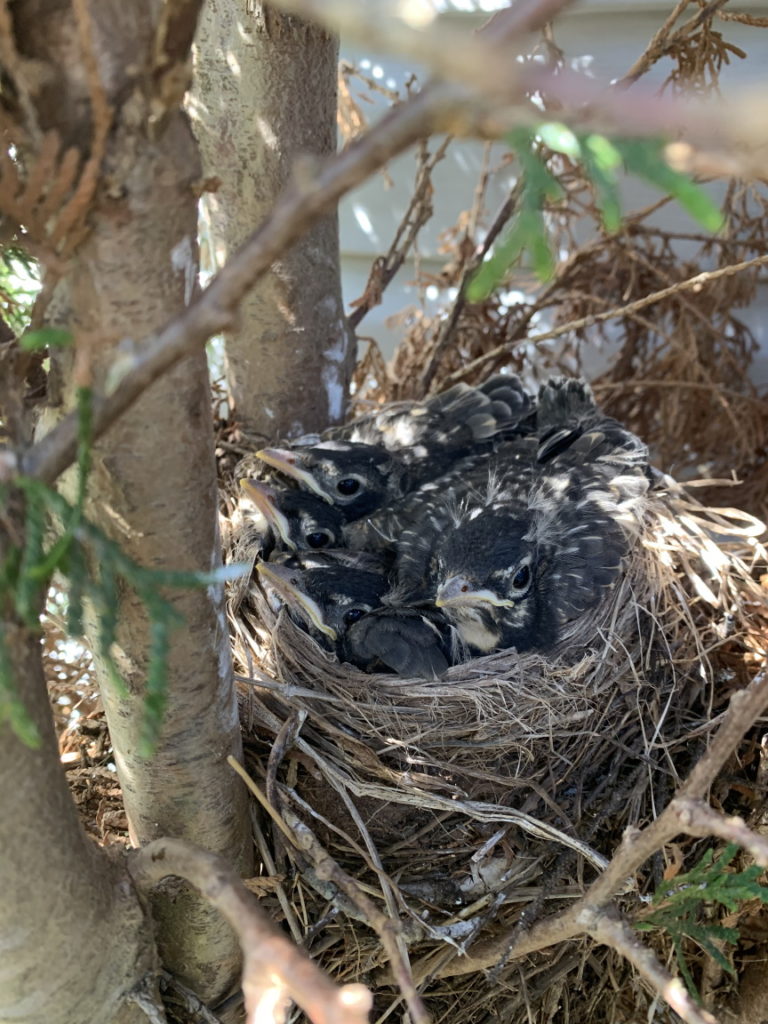

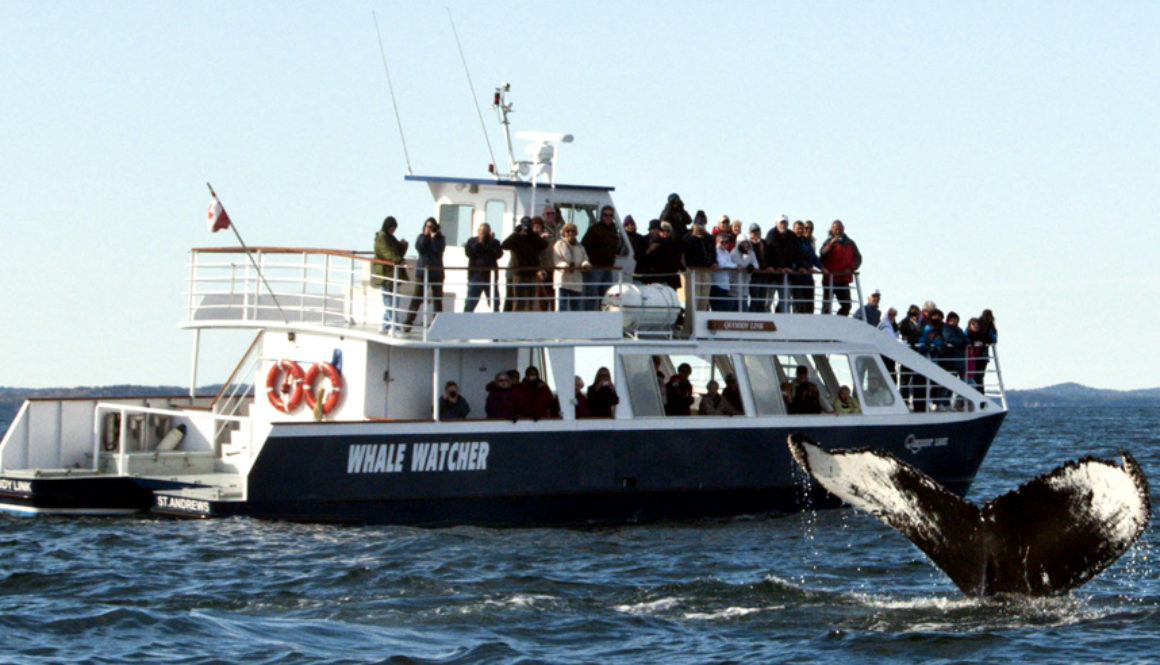
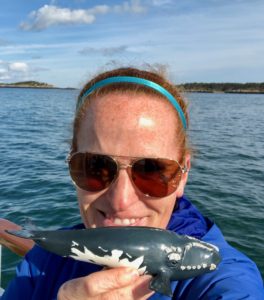
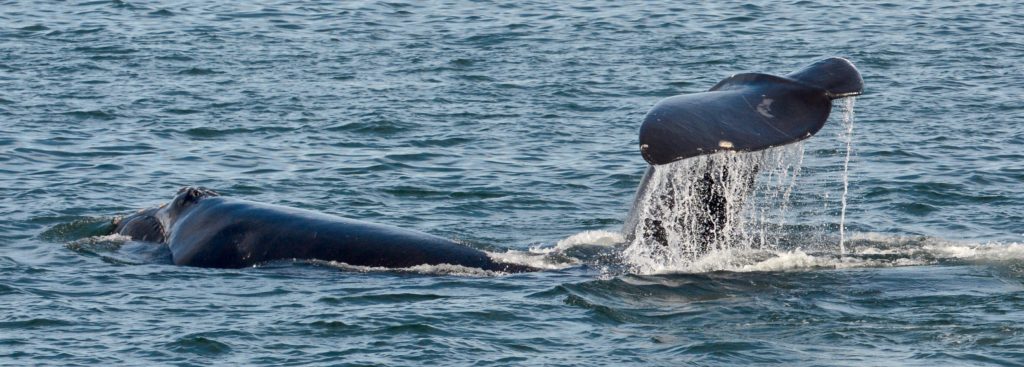
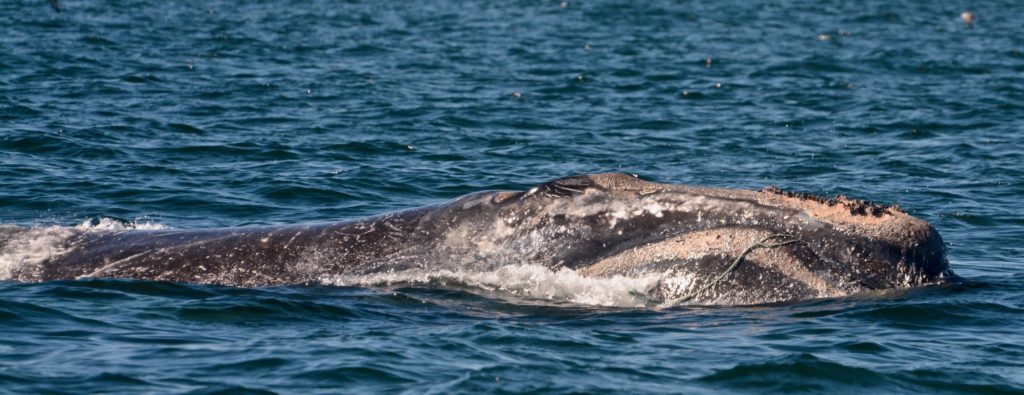
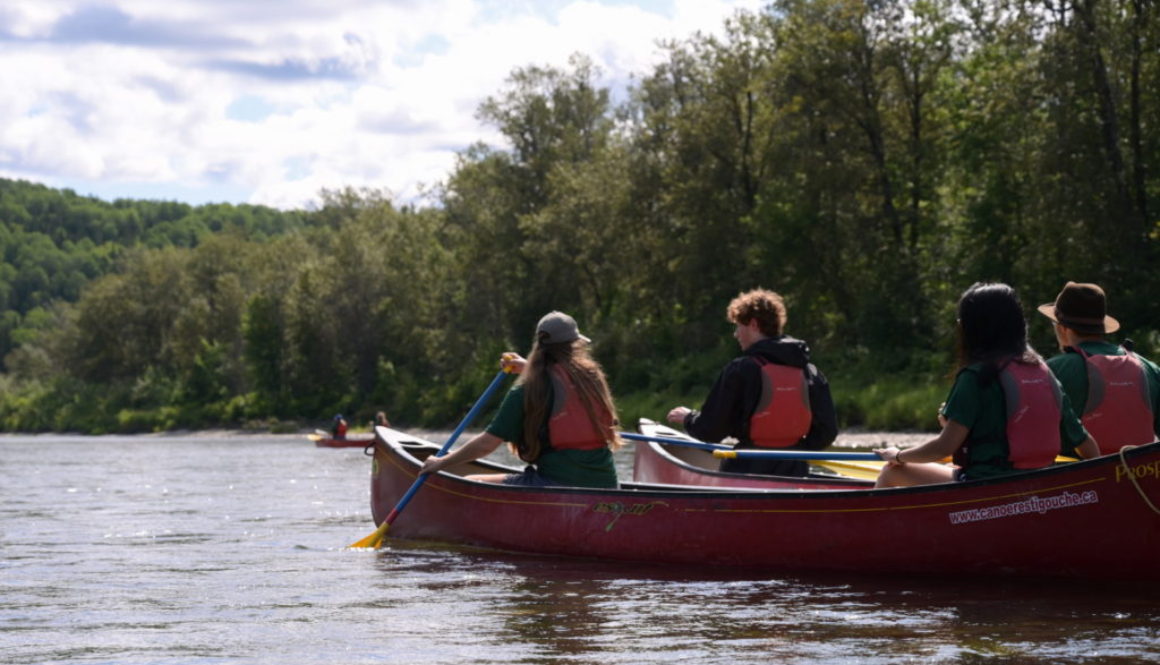
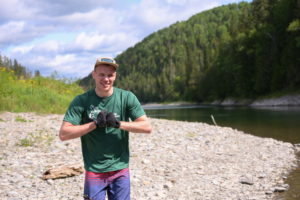
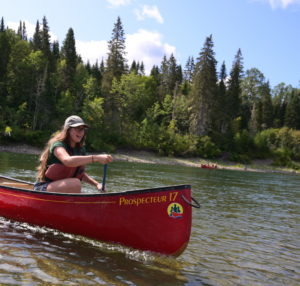
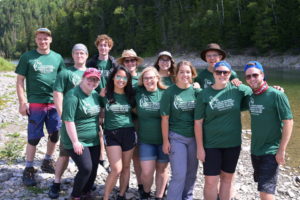
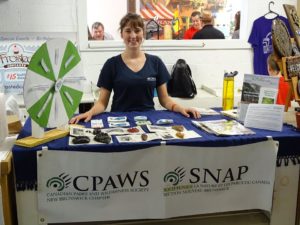
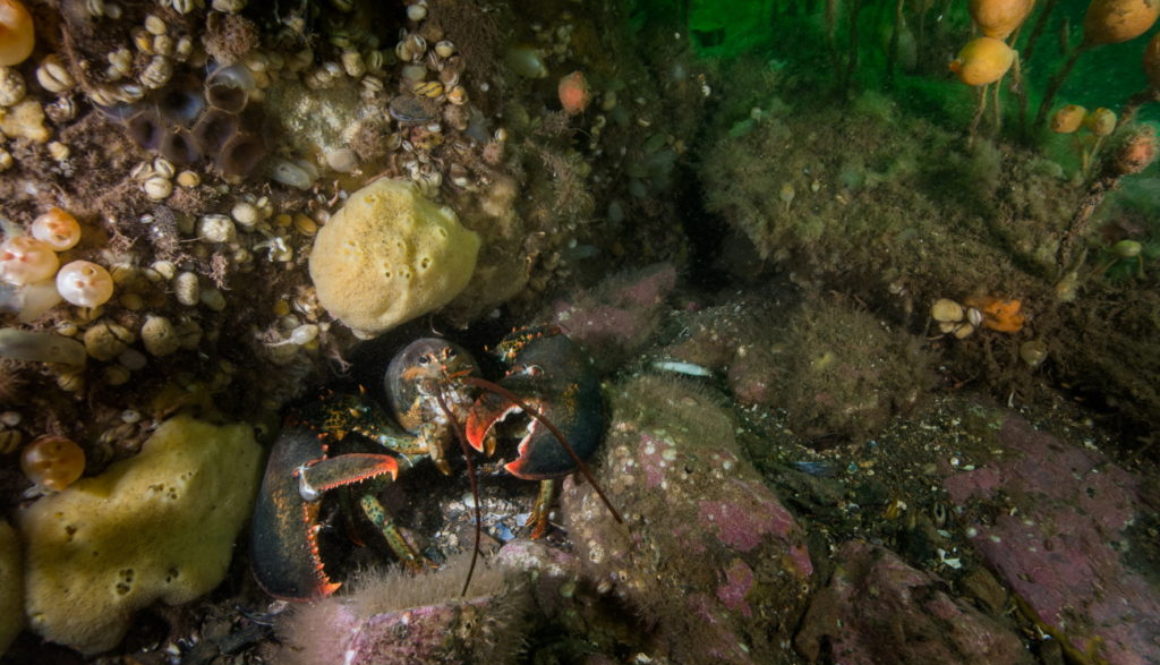
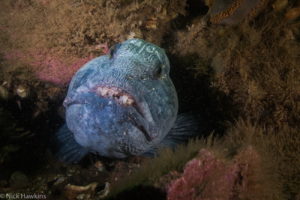

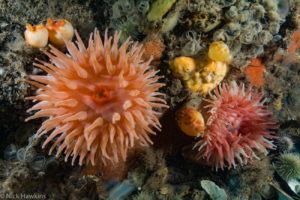


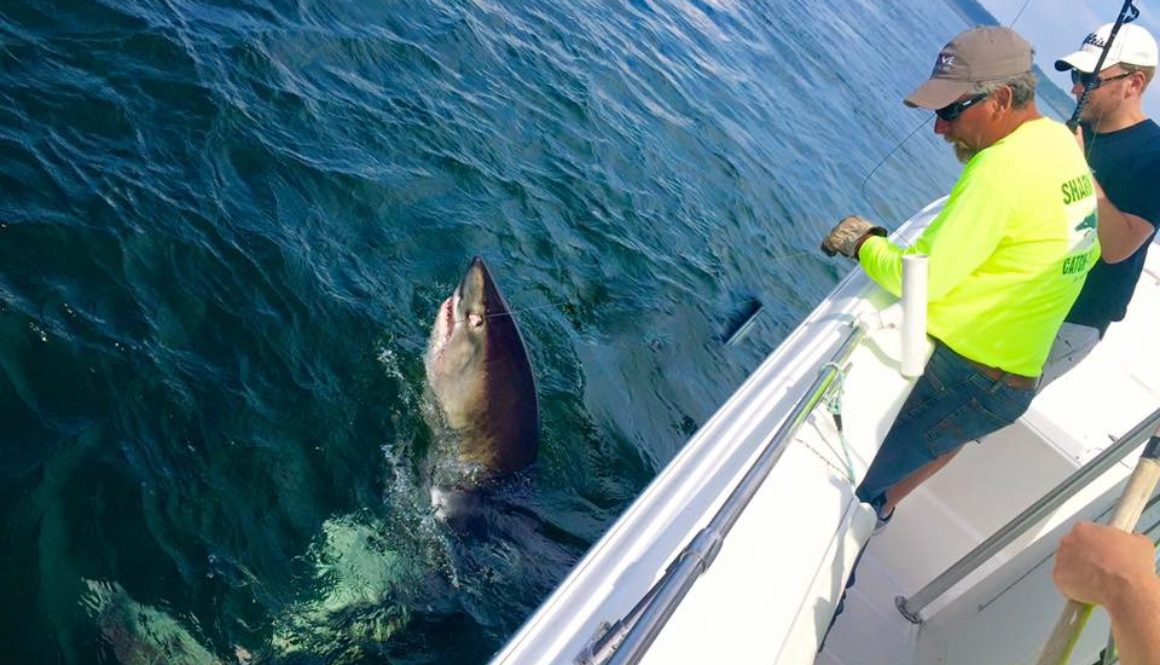
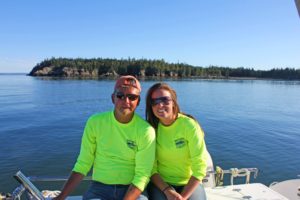 Those summers spent on her family’s whale watching boat helped ignite Nicole’s love of the ocean- she went on to complete both a bachelors and masters at the University of New Brunswick. As the head biologist her summers are spent coordinating summer students, cataloguing whales, running social media, and as liaison for their shark tagging research.
Those summers spent on her family’s whale watching boat helped ignite Nicole’s love of the ocean- she went on to complete both a bachelors and masters at the University of New Brunswick. As the head biologist her summers are spent coordinating summer students, cataloguing whales, running social media, and as liaison for their shark tagging research. 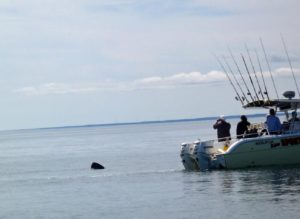 Over the 9 seasons of shark tagging, Nicole has seen a spike in interest from the public with more sightings being reported as well. “The passion people have for the conservation aspect of shark tagging is amazing to see. It’s great because we do get guys that want to come out and maybe not necessarily for the conservation side. But once you sit down and talk to them about how important sharks are for the ecosystem, and how their populations have just been decimated around the world I think they really start to understand that you don’t need to necessarily kill everything that you catch.”
Over the 9 seasons of shark tagging, Nicole has seen a spike in interest from the public with more sightings being reported as well. “The passion people have for the conservation aspect of shark tagging is amazing to see. It’s great because we do get guys that want to come out and maybe not necessarily for the conservation side. But once you sit down and talk to them about how important sharks are for the ecosystem, and how their populations have just been decimated around the world I think they really start to understand that you don’t need to necessarily kill everything that you catch.” 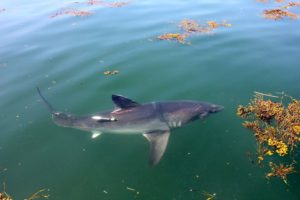 When asked about the role of sharks and why people should care about protecting them Nicole had this to say: “Shark populations around the world are decreasing dramatically, because of things like overfishing, shark finning, and even climate change. So, they are incredibly vulnerable at this point in time. Sharks are such an important species in an ecosystem- they keep fish populations healthy, they transfer carbon, as an apex predator they keep the ecosystem in check. They are incredibly important for keeping our ocean ecosystems all around the world healthy.”
When asked about the role of sharks and why people should care about protecting them Nicole had this to say: “Shark populations around the world are decreasing dramatically, because of things like overfishing, shark finning, and even climate change. So, they are incredibly vulnerable at this point in time. Sharks are such an important species in an ecosystem- they keep fish populations healthy, they transfer carbon, as an apex predator they keep the ecosystem in check. They are incredibly important for keeping our ocean ecosystems all around the world healthy.”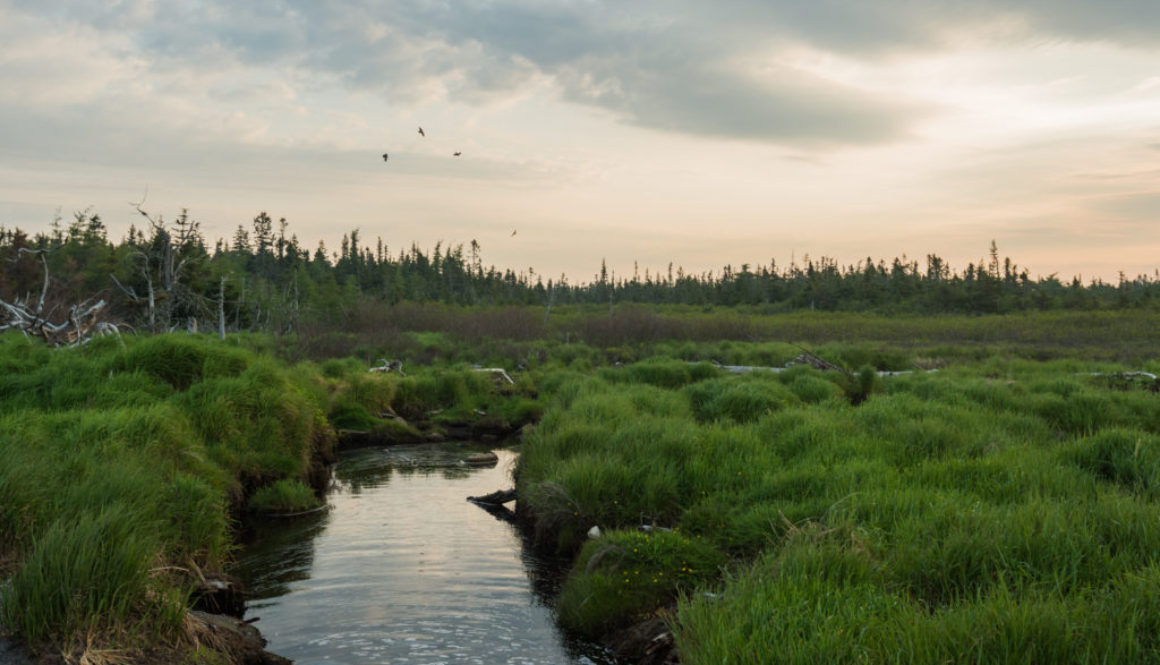
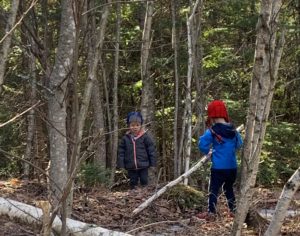 You don’t need me to explain to you what it’s been like—we’re experiencing this together, an ironic sentiment since isolation can make us feel disconnected and uncertain. It’s especially hard for children who desperately need routines. My children are 2 and 4. They are used to going to daycare, seeing friends, and spending time with their grandparents. With the loss of this (and many other) routines, we are trying to find what our new normal looks like.
You don’t need me to explain to you what it’s been like—we’re experiencing this together, an ironic sentiment since isolation can make us feel disconnected and uncertain. It’s especially hard for children who desperately need routines. My children are 2 and 4. They are used to going to daycare, seeing friends, and spending time with their grandparents. With the loss of this (and many other) routines, we are trying to find what our new normal looks like. 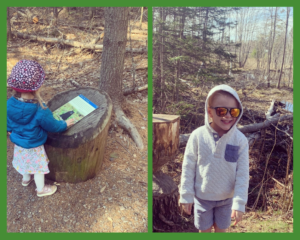 When it was announced that we could once again safely explore public parks and trails, my family immediately tugged on our boots to visit our favourite local spot: The Gateway Wetland Trails in Oromocto. We used to come here weekly, if not more often, and stepping onto the gravel trail felt comforting and energizing. I felt welcomed home by the splash of ducks and woodsy air, ready to once again walk the trails and bridges. The chickadees and red winged blackbirds were competing with their songs, red squirrels scurried about, and the vibrant marsh reminded me of the crucial role that nature plays in nurturing our souls.
When it was announced that we could once again safely explore public parks and trails, my family immediately tugged on our boots to visit our favourite local spot: The Gateway Wetland Trails in Oromocto. We used to come here weekly, if not more often, and stepping onto the gravel trail felt comforting and energizing. I felt welcomed home by the splash of ducks and woodsy air, ready to once again walk the trails and bridges. The chickadees and red winged blackbirds were competing with their songs, red squirrels scurried about, and the vibrant marsh reminded me of the crucial role that nature plays in nurturing our souls.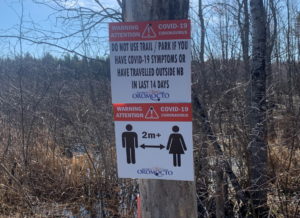 It was exciting to be back with nature, and reassuring to see that the Town was encouraging our safe enjoyment with new signs letting the public know how to conduct themselves while using the trail amid this pandemic. All parks and trails will have their own rules and recommendations as more begin to open up, so take care to research and understand what they are before heading out.
It was exciting to be back with nature, and reassuring to see that the Town was encouraging our safe enjoyment with new signs letting the public know how to conduct themselves while using the trail amid this pandemic. All parks and trails will have their own rules and recommendations as more begin to open up, so take care to research and understand what they are before heading out.
